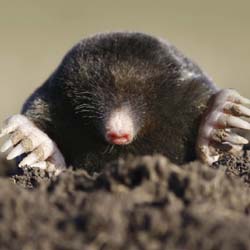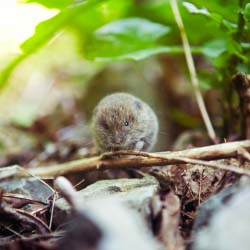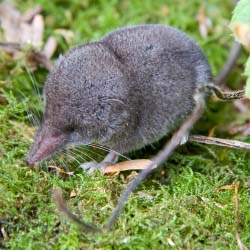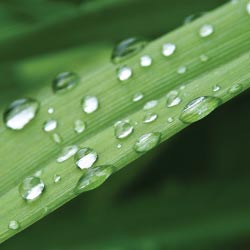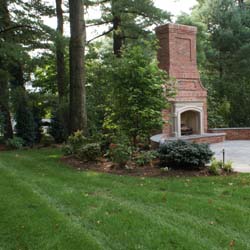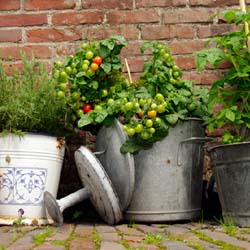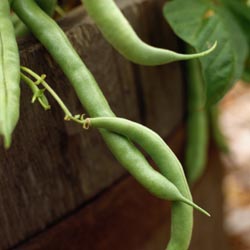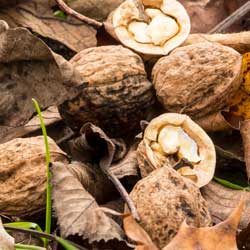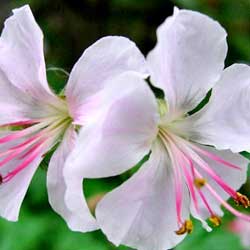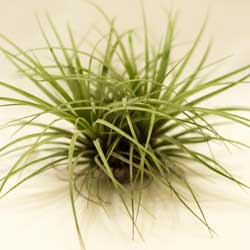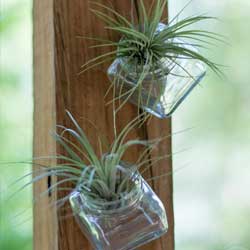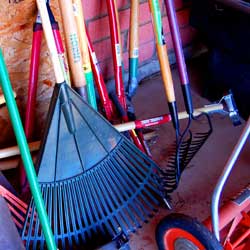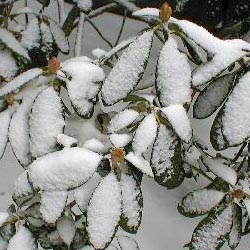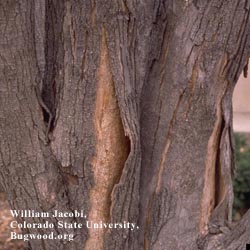Do you love cats but don’t love them in your garden? Outdoor cats will seek out a nice patch of soil to do their business or to roll around and play. Cats will mark their territories on sheds, fences or plants, and may even raise a new litter under a deck or in an open shed. Fortunately, there are a number of safe yet effective ways to keep our furry friends, or those of our neighbors, from messing up the garden.
Discouraging Cats
Whether the cats visiting your garden are prowling pets, lost strays or wild-bred feral cats, the same techniques can be used to make your garden and landscape less cat-friendly. Popular options include…
- Commercial Repellents
There are a many effective odor and taste repellents on the market. Seek out a product that is safe for humans and animals made from botanical oils. You will need to reapply this type of repellent after a heavy rain but usage will decrease once the cat is retrained to go elsewhere.
- Citrus Smells
Cats don’t like the sharp, tangy smell of citrus. Instead of composting them, throw the peels of oranges, lemons, limes and grapefruit on the ground where cats tend to visit.
- Heavily Scented Plants
Some plants are known to repel cats by their scent, particularly plants with strong odors that will irritate sensitive feline noses. Try planting Coleus canina, otherwise known as scaredy cat plant, along with pennyroyal, rue, lemon-thyme, geranium or lavender throughout the yard and garden.
- Uncomfortable Ground
Use stones instead of mulch as a ground cover to prevent cats from digging. Sharper, larger stones are best and will be uncomfortable for cats to walk across or lay on as well. You can also lay chicken wire on top of the mulch to make it less comfortable for cats and to prevent digging.
- Opt for Thorns
Plant low growing, thorny plants such as carpet roses, barberry or prickly pear at the base of your bird feeder to protect your feathered friends from predatory cats. Use thorny plants in borders or alongside fences to help keep cats away as well. Even plants with sharp, stiff foliage, such as holly, can be effective.
- Sprinklers
Install a motion-activated sprinkler. This method is used to frighten cats away, not to soak them. As the cat is retrained to go elsewhere its use eventually becomes unnecessary.
- Sound Deterrents
Install an ultrasound device containing a motion sensor which, when triggered, gives off a high-pitched sound that is imperceptible to humans but bothersome to cats. With their sensitive ears, cats may avoid any area where the sound is strongest. - Remove Food
Be sure there are no food sources for outdoor cats in your yard. Do not feed your own pets outside, and keep trash cans tightly covered or inside a garage where cats cannot reach them. Keep compost piles behind a fence and under a mesh cover as well so cats cannot forage for scraps.
Using several techniques simultaneously will have the best effect at discouraging cats. These are clever, intelligent creatures that can easily overcome one obstacle, but when you have used several tactics at once, the cats will take the easier route of simply staying away.
What You Should Never Do
While there are many ways to keep cats out of your yard, you should never take steps that could deliberately injure or kill the animals. Avoid harmful traps, toxic poisons or setting your dogs on outdoor cats, as these methods can easily backfire and hurt local wildlife instead. With patience and perseverance, it is possible to keep cats out of your garden safely.








